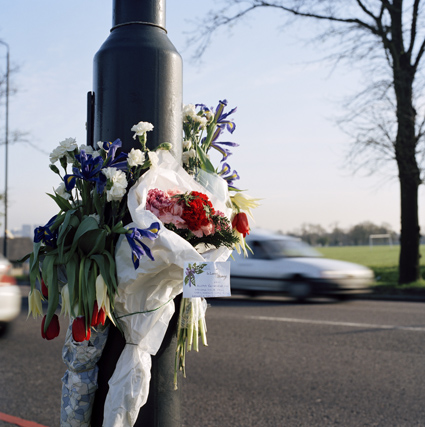Yoinked from Morbid Anatomy, I highly recommend checking out the ‘photo story’ documenting a collection of tattoos found in the Department of Forensic Medicine at Jagiellonian University, Krakow, Poland.
Image: Morbid Anatomy
Preserving the Criminal Code
Photo Stories
Katarzyna Mirczak
In Poland, tattoos are common among criminals. Traditionally, they could be found on people who exhibited a tendency towards perverse behaviour: such as burglars, thieves, rapists and pimps. It was noticed that a significant percentage of tattooed people showed signs of personality disorders and aggressive behaviour. In the 1960s in Poland, getting a prison tattoo required special skills and criminal ambition – it was a kind of ennoblement, each tattoo in the criminal world was meaningful…
The tattoo collection at the Department of Forensic Medicine at Jagiellonian University in Krakow, Poland consists of 60 objects preserved in formaldehyde, a method devised by one of the experts employed by the Department at the turn of 20th century.
The tattoos were collected from the prisoners of the nearby state penitentiary on Montelupich Street as well as from the deceased on whom autopsies were performed.
The majority of the prison tattoos represent connections between the convicts. Besides gestures and mimics it is a kind of secret code – revealing why ‘informative’ tattoos appeared on uncovered body parts: face, neck or arms.
The collection was created with a view to deciphering the code – among prisoners known as a ‘pattern language’.
By looking closely at the prisoners’ tattoos, their traits, temper, past, place of residence or the criminal group in which they were involved could be determined.
The entire photo story, with the full article and image collection can be found here.







